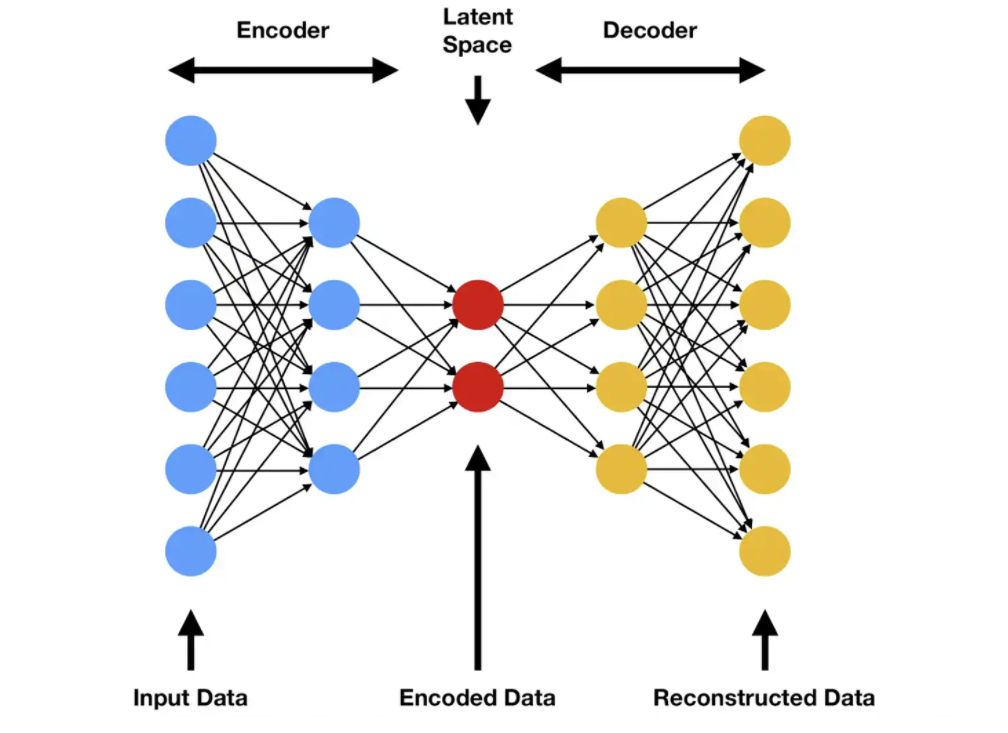Introduction
At present, satellite imagery is one of the most efficient methods to retrieve an accurate visual representation of the landscape. From these considerations, satellite imagery has found immense popularity in cartography, urban planning, agriculture, emergency response, and the studies of climate change. However, comprehensive satellite imagery of the highest quality is also associated with the requirement of extensive data storage capacity and issues with upload speed. One of the methods to mitigate these limitations is by utilizing contemporary techniques of image compression. For instance, raw satellite imagery is generally uploaded in the format of NITF (National Imagery Transmission Format) to increase the overall communication speed. Therefore, it is essential to continually progress the technological advancement in this area to resolve the problem of data storage and communication. The current paper discusses the efficiency of various autoencoders and image compression frameworks in regard to satellite imagery.
Methods Overview
Neural Image Compression
Image compression is generally administered by reducing spatial redundancy in the visual data and consequent reconstruction of the image. In general, an autoencoder refers to a type of neural network, which transforms the input into a code (or ‘bottleneck’) and, consequently, reconstructs it into a finished product. The visual representation of the process is provided in Fig. 1.

At present, this framework is utilized in various industries for image compression, image classification, anomaly detection, etc. Furthermore, autoencoders can be used for both unsupervised (no classified data) and supervised analysis. Another advantage of the framework, compared to traditional algorithms of image compression, is the high accuracy of the outputs and similarity to other computer-vision models. As a result, it is possible to transform the existing networks of anomaly detection or image classification into image compression, which makes it more convenient for satellite communication. Ultimately, compared to traditional algorithms, neural image compression is a highly effective framework and is applicable to satellite imagery.
Classical and Variational Encoders
Classical and variational autoencoders are the two prominent frameworks that are utilized for neural image compression. An instance of the former type is a Multi-Layer Perception (MLP) and refers to the standard autoencoder architecture depicted in Fig. 1. Variational autoencoders utilize an additional layer of encoding, which is specifically prepared, depending on the objectives. As a result, variational autoencoders demonstrate positive results on both image compression and change detection. For instance, the improved variational autoencoder shows better accuracy than most traditional algorithms and standard convolutional autoencoders for desertification detection based on satellite imagery. Therefore, the implementation of variational autoencoders might be highly beneficial for various uses in the industry.
Specific Models
Most contemporary neural networks are based on the classical and variational models of autoencoders. Consequently, a derivative from these types – a recurrent neural network (RNN) – is the basis for a large number of frameworks. The experts primarily adjust the quantization and entropy coding of neural image compression to achieve the best possible accuracy of reconstruction and storage efficiency. Furthermore, while such autoencoders generally perform adequately based on specialized hardware, some models demonstrate positive results even on resource-constrained edge systems. As a result, regardless of the conditions, it is possible to adjust the frameworks according to the objectives. The technological advancement in this area would allow closing the research gaps in the satellite industry. For instance, comprehensive image compression methods might be used to improve the global agricultural monitoring systems. From these considerations, the industry might significantly benefit from the innovative framework of satellite imagery compression.
Results
Table 1 provides the cross-comparison of some of the most prominent frameworks utilized in satellite imagery compression.
Table 1. Performance Comparison.
Conclusion and Future Work
The issue of data storage efficiency is critical to satellite imagery due to the extensive processing load and analysis of the information. From these considerations, it is essential to continually develop innovative methods of image compression and imagery processing. The current paper has analyzed the most prominent contemporary frameworks and cross-compared their performance. Ultimately, some of the most effective methods are the RNN-based approach, Slimmable CAE, GAN methods, and RDONet. In future work, it is possible to conduct a more thorough analysis of the existing methods and evaluate the innovative approaches.
References
Polar Geospatial Center. “Imagery processing options”. Web.
S. Kim and M. Smolin. “Neural mmage compression”. Web.
Patuzzo Fabrizio. “A comparison of classical and variational autoencoders for anomaly detection”. In: arXiv preprint arXiv: 2009.13793v1 (2020).
Ekaterina Kalinicheva et al. “Neutral network autoencoder for change detection in satellite image time series,” IEEE International Conference on Electronics, Circuits and Systems (ICECS), 2018. Web.
Yacine Zerrouki et al. “Desertification detection using an improved variational autoencoder-based approach through ETM-landsat satellite data,” IEE Journal of Selected Topics in Applied Earth Observations and Remote Sensing, vol. 14, 2021.
Islam Khawar et al. “Image compression with recurrent neural network and generalized divisive normalization”. In arXiv preprint arXiv: 2109.01999 (2021).
Yoshitomo Matsubara et al. “Supervised compression for resource-constrained edge computing systems”. In: arXiv preprint arXiv: 2108.11898 (2021).
Fai Yang et al. “Slimmable compressive autoencoders for practical neural image compression”, Proceedings of the IEEE/CVF Conference on Computer Vision and Pattern Recognition, 2021.
Pavel Andreev et al. “Quantization of generative adversarial networks for efficient inference: A methodological study”. In: arXiv preprint arXiv: 2108.13996 (2021).
Fabian Brand et al. “Rate-distortion optimized learning-based image compression using an adaptive hierarchical autoencoder with conditional hyperprior”, Proceedings of the IEEE/CVF Conference on Computer Vision and Pattern Recognition, 2021.